In the same section
- Home
- Units
- Light, nanomaterials, nanotechnologies (L2n - CNRS-UMR 7076)
- Research topics
- Biophotonics and nanosensors
nanoFCS

Fluorescence Correlation Spectroscopy (FCS) is the common technique useful to detect and study single molecules in fluid. In biophysics, FCS is a reliable method to study diffusion and related processes, such as membrane protein diffusion and membrane dynamic organization. In the Framework of biomedical application, usual FCS setup based on a confocal detection presents two main limitations: (i) the laser irradiance is higher than the lethal dose, this means that FCS leads to an important photodamage of cells during the exposure time, furthermore (ii) the concentration working range is nanomolar, whereas many interesting cell processes occur at micromolar range (enzymatic reaction, membrane protein expression, drug uptake…). These limits can be overriden by reducing the size of the observation volume, below the diffraction limit, in order to conduct FCS at the nanoscale (nanoFCS). Until now, nanoFCS was mainly achieved with plasmonic devices and STED nanoscopy. We propose to implement a non-radiative excitation in order to drastically decrease the depth of a confocal microscope to only few tens of nanometers from the surface (see NEF nanoscopy for more details). By this way, only the dye molecule diffusing at the vicinity of the surface will be excited through a non-radiative energy transfer (also known as FRET) (see figure below). We have demonstrated that this approach is well suited to extend single molecules detection to more biological relevant concentration, typically between 1 and 10 μM.
Research
NEF nanoscopy
vaTIRF nanoscopy
nanoFCS
RICM
Cell patterning
Publications
Collaborations

Principal of nanoFCS showing the drastic reduction of the excitation depth achieved through Förster resonant energy transfer (FRET). In this experiment, quantum dots were used as donors and Alexa647 dye molecules as acceptors. The laser wavelength used to excite the quantum dot mono-layer is 405 nm. Typical fluorescence time trace recorded on a solution of Alexa647 in water at 1.3 μM, and the corresponding mean autocorrelation curve.


